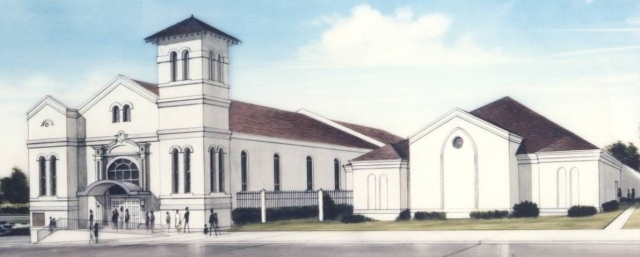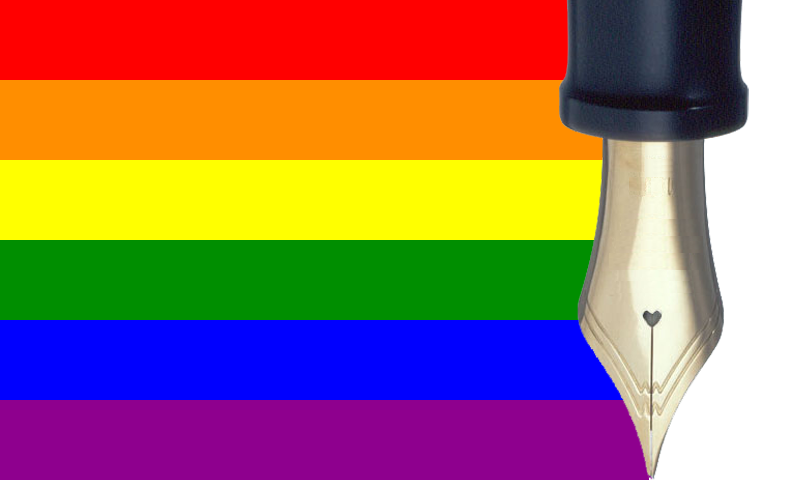A few months ago we looked at a survey that showed that the vast majority of Americans have no idea whatsoever what percentage of the population is gay.
Mainstream studies indicate that percentage is somewhere in the low single digits, but Americans believed — on average — that 25 percent of the population is gay. Yes, 25 percent. This includes data showing that 35 percent of Americans think that more than 25 percent of the population is gay.
I’ve long wondered why it is that Americans are so wrong on this, but I can’t help but think that the mainstream media plays a significant role.
I was reminded of that study when I read this Religion News Service report showing that Americans are way off when estimating the percentage of Americans who belong to various religious groups:
The typical American underestimates how many Protestants there are in the U.S., and vastly overestimates the number of religious minorities such as Mormons, Muslims, and atheist/agnostics, according to a new study.
Grey Matter Research and Consulting asked 747 U.S. adults to guess what proportion of the American population belongs to each of eight major religious groups: Protestant, Catholic, Jewish, Mormon, Muslim, atheist/agnostic, believe in God or a higher power but have no particular religious preference, and any other religious group.
The average response was that 24 percent of Americans are Catholic, 20 percent are Protestant, 19 percent are unaffiliated, 8 percent are Jewish, 9 percent are atheist or agnostic, 7 percent are Muslim, 7 percent are Mormon and 5 percent identify with all other religious groups.
Respondents were correct on Catholics — 24 percent of the country is Catholic. But according to the 2008 U.S. Religious Landscape Survey from the Pew Forum on Religion & Public Life, 51 percent are Protestant, 12 percent are unaffiliated, 2 percent are Jewish, 4 percent are Atheist/Agnostic, less than 1 percent are Muslim, 2 percent are Mormon and 4 percent identify with all other religious groups.
The article quotes Ron Sellers, the president of the research firm, theorizing that the word “Protestant” might have thrown people off. But this was the part that got me interested:
Sellers also mentioned that with Mitt Romney running for president as a Mormon and the current emphasis on Islamic-American relations, “smaller faith groups also may be getting disproportionate media coverage.”
This is undoubtedly true. But do we take this to an extreme? No one would claim that Mormonism and Islam or various tiny religious groups shouldn’t get disproportionate coverage at times — but I am sometimes surprised at the lack of good reporting on the majority of religious adherents in the coverage. If the coverage is disproportionate to the point that it is negatively affecting people’s understanding of the real world, that might be an argument for a bit more evenly distributed religious news coverage. Particularly since there are gobs of stories that go under-reported as it is.











